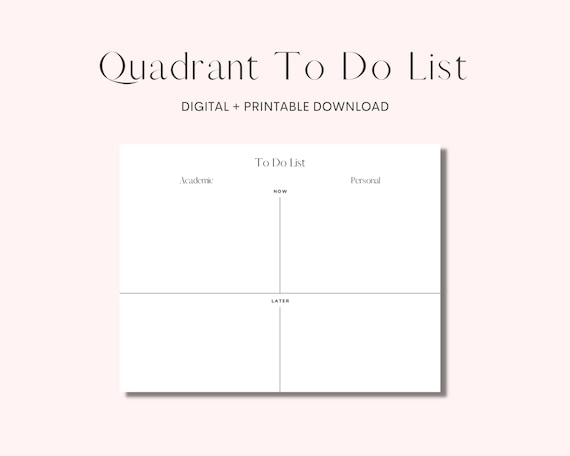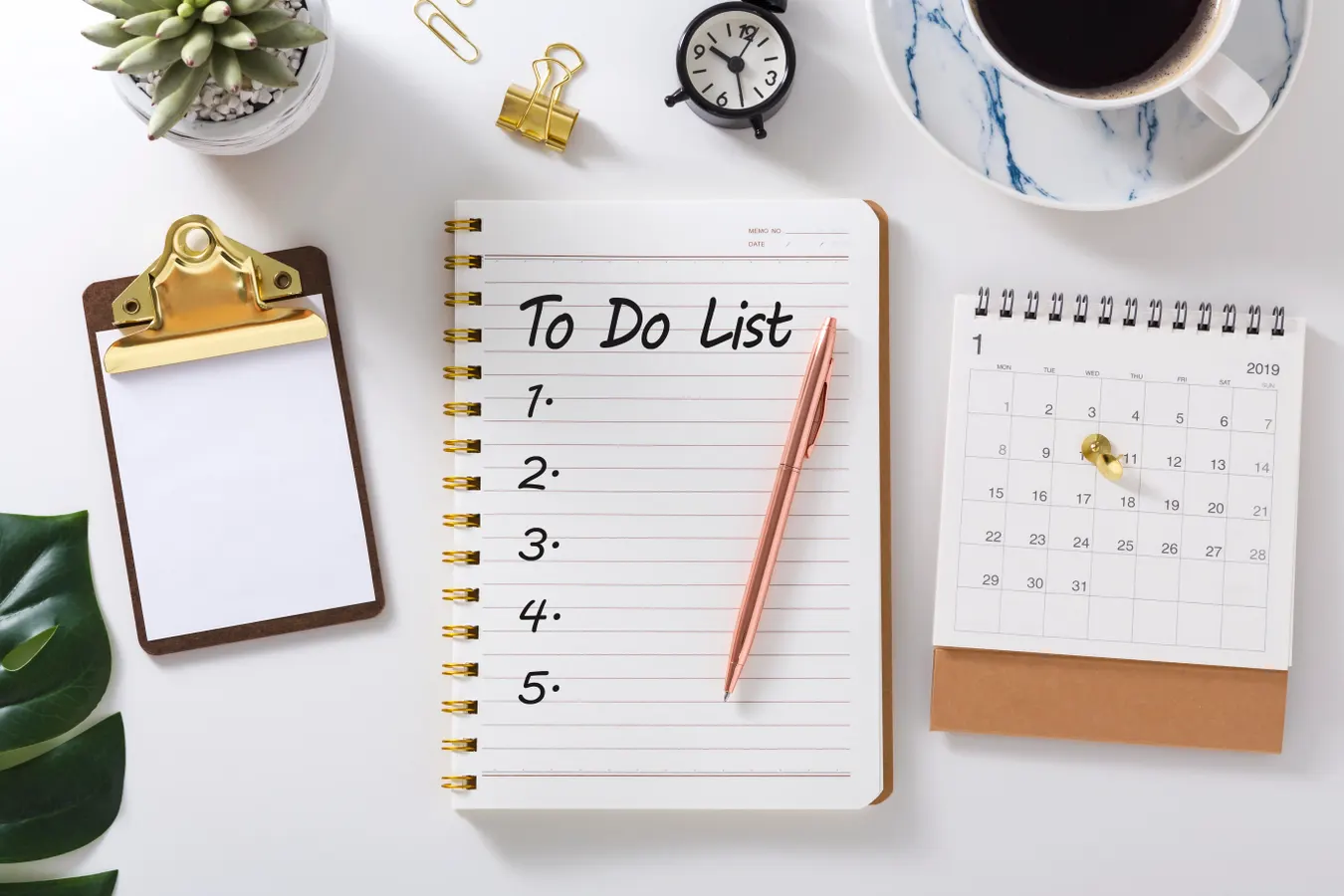I discovered the to-do list system about five years ago, and I’ve been using it ever since because I haven’t found a more convenient way to keep track of my tasks. For some reason, it’s quite challenging to find information about this method online, which is why I wanted to share this amazing planning tool with you. It works…
Instructions for Using the System
I discovered the to-do list system about five years ago, and I’ve been using it ever since because I haven’t found a more convenient way to keep track of my tasks. For some reason, it’s quite challenging to find information about this method online, which is why I wanted to share this amazing planning tool with you.
It’s quite simple to use: you’ll need a notebook where you can write everything down, a ruler, and a pen. Next, follow the instructions below and learn a few symbols for easier understanding of your notes.

1.Create a table with seven columns. These columns will represent the days of the week.
2.Write the days of the week above the dates (as shown in the diagram).
3.Mark the dates.
4.Choose symbols for your tasks. You may not need all of them; I use five, which is enough for me since my plans typically involve managing everyday tasks. However, it all depends on your lifestyle.
After all the steps, you should have a table like this. On the right, you’ll place your symbols in the box under the day of the week or date related to the planned task. On the left, you’ll write a description of what needs to be done.
So, you’ve written down the task, found the corresponding date vertically, and marked it horizontally with the symbol that will assist you. If it’s not entirely clear what I mean, you can check the article below to see how I formatted my to-do lists.
Symbols/Icons
All the symbols will help you understand the type of task you’ve written, what needs to be done with it, and what stage of completion it is in.
Unfilled Cell: The task has been assigned but has not yet been completed.

Half-Filled Cell: You have started working on the task, but for some reason, you have either postponed it or cannot continue at the moment. It might be a good idea to break such tasks into smaller parts and, once completed, move on to the next symbol.

Filled Cell: The task or subtask is fully completed.

Crossed-Out Cell: If you’ve created a task, drawn an empty cell, and decided that completing it is no longer meaningful or that it’s currently impossible and you don’t know when the opportunity will arise, you can simply cross out the cell, and the task will be considered canceled.

Cell with Arrow: This is similar to the previous option, but in this case, we clearly know when we can reschedule our tasks. I typically use this symbol to indicate postponed meetings that fell through at the last minute or if I didn’t manage to complete something on a specific day. In that case, I draw an empty cell next to it for the following day.

Important Task: If you need to highlight that something is extremely important, you can use an exclamation mark inside the cell. After completing the task, you can simply fill in the cell as well.

Need to Find Out: If you can’t plan your tasks due to a lack of information, make sure to find out everything you need and take notes. To remind yourself to gather this information, use this type of cell.

Arrows Pointing in Different Directions: Suppose you have a task with clear deadlines that has already been broken down into subtasks. If you want to track how much time remains until the deadlines without cluttering your table with extra empty cells, place an arrow pointing right on the first day of the task and an arrow pointing left on the last day. This way, you can easily see the time frame available for completion.

Deadline Day: Again, to clearly see how much time is left, you can highlight these dates in a different color to make them stand out.

CONCLUSION
To help you keep track of these symbols, I’ve created a handy reference guide that you can download below. Additionally, feel free to follow my Pinterest, where you’ll find plenty of information about the intricacies of keeping a planner and a personal diary.







